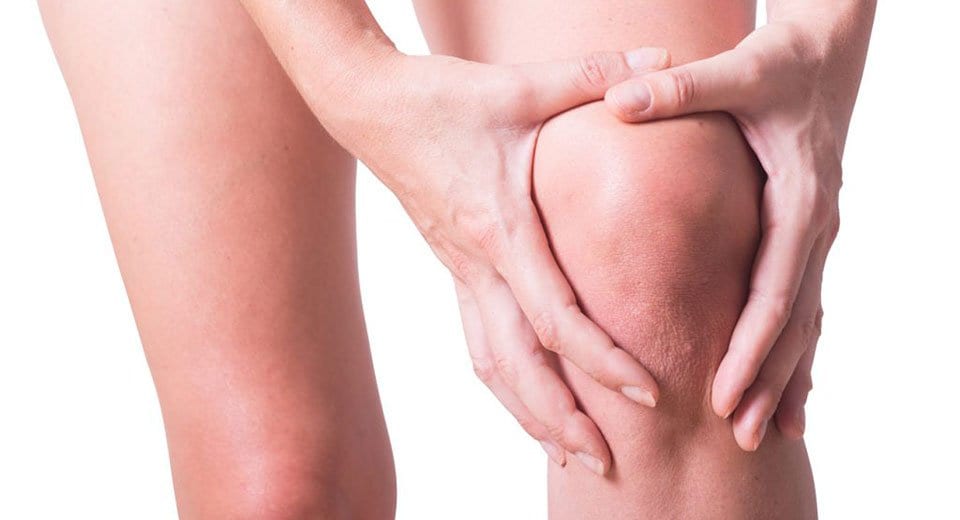Your own blood may be the answer for this
Some of the biggest names in sports have tried platelet-rich plasma (PRP) therapy for joint injuries. It’s also available on Cape Cod for ordinary people with painful hips and knees.
Platelet-rich plasma therapy starts with taking a small amount of a patient’s blood and putting it in a centrifuge to collect the platelets, the major clotting tool in your blood. That creates the platelet-rich plasma, which is then injected into the ailing patient’s tendons or cartilage, using a needle that is guided by ultrasound equipment. The process can take place in a doctor’s exam room in under half an hour.
“There is a role for PRP in the treatment of orthopedic ailments,” said Paul Dimond, MD, an orthopedic surgeon based at Total Orthopedic Care in Falmouth.
“The results that I’m seeing are very good. We’re seeing improvements in patients’ pain, healing of the tissue, healing of the muscle, and less disability and discomfort.”
Football players Hines Ward and Troy Polamalu underwent PRP treatment before helping the Pittsburgh Steelers win the 2009 Super Bowl, according to The New York Times. Golfer Tiger Woods, basketball player Kobe Bryant, baseball player Alex Rodriguez and tennis stars Maria Sharapova and Rafael Nadal are among other athletes reported to have tried the treatment.
Starts Out Conservatively
Dr. Dimond offers PRP treatment at his Falmouth orthopedic clinic. He’s found it be a good in-between option for patient who haven’t responded to anti-inflammatory medications or physical therapy but don’t want surgery or are ineligible for surgery.
“Where I use PRP most frequently is in tendonitis or bursitis-type problems,” he said. “I have the most experience with hip bursitis and hip-abductor muscle tears.”
The band of tissue that runs from the hip to the knee, the iliotibial band can, as we age, tighten a little bit and rub over the outer part of the trochanter bone of the hip,” he said. This can lead to inflammation of the bursa or partial tears of the hip abductor muscle.
“In those cases, I typically start out conservatively when patients come in,” he said. “Cortisone injection can be very beneficial. Then beyond the cortisone, I start with physical therapy to stretch that particular band.
“If that doesn’t work, then I think the next form of treatment, the third stage of treatment for this problem, is to have the platelet-rich plasma therapy.”
Dr. Dimond has also used PRP treatment for runners suffering from patellar tendonitis (if they haven’t been helped by physical therapy, braces or anti-inflammatories) and patients with arthritis of the knee.
“I use it in young patients who have early arthritis and are trying to avoid knee replacement or partial knee replacement. I’m also using it in elderly patients if they have an arthritic knee but they have medical complications or medical problems where they can’t undergo surgery at the present time,” he said.
Dr. Dimond injects the PRP into the joint and that stimulates an inflammatory response initially and eventually starts to cause some healing in the joint. These patients find some improvement in their symptoms and pain.
“I would say that 80 percent of the people that I’ve treated with PRP for the hip or knee get back to a very functional level and have less pain. They might not be completely better but they get significant benefits so that they can hold off surgery.”
Still Being Studied
Dr. Dimond meets with patients two, four and six weeks after the treatment. Those who have seen partial improvement may get a second or third treatment. For each treatment, a phlebotomist on his staff withdraws 60 CCs (2 fluid ounces) of blood from the arm. After the centrifuge concentrates the plasma, Dr. Dimond injects 3 or 6 CCs (a teaspoon is about 5 CCs), depending on the joint.
“I have patients who are completely cured of their pain and difficulty,” he said. “There are others who say it didn’t help at all. In those patients who have a chronic problem that’s not getting better with mainline treatment and are looking to avoid an operation, I feel it’s a good treatment option.”
PRP is still being studied to find its best uses. “In my experience, it does work very well in tendonitis issues,” said Dr. Dimond. “It’s less conclusive with arthritis.”
At this time, insurance companies do not pay for PRP treatment. “It’s an out-of-pocket payment and I explain that to patients upfront and let them know that there’s no guarantee but this may be of benefit to them,” he said.
Dr. Dimond charges $550 for the procedure, which he said can cost $1,500 to $2,000 in New York City.
“I feel that it’s indicated in certain situations,” he said.
